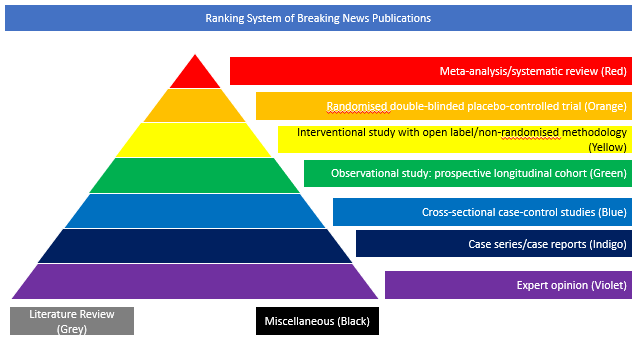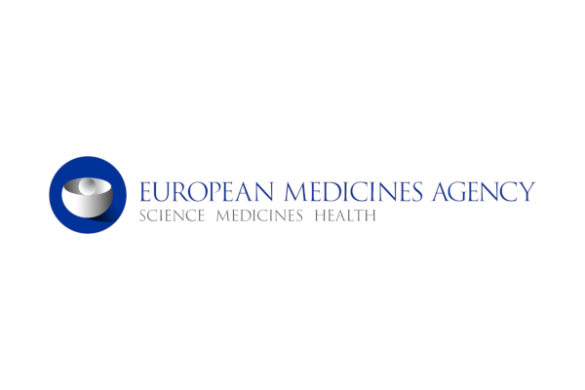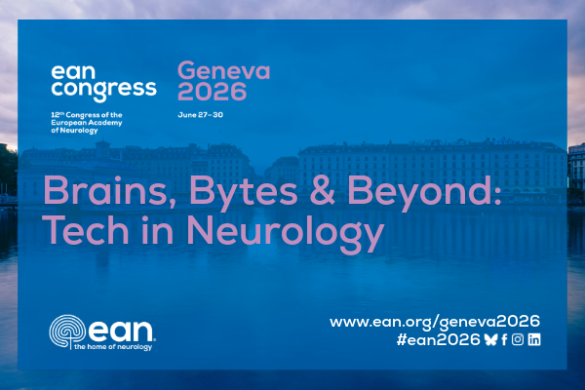Cross-sectional case-control studies (Blue)
The proportion of asymptomatic carriers and transmission risk factors SARS-CoV-2 among household and non-household contacts remains unclear. In Singapore, extensive contact tracing by the Ministry of Health for every diagnosed COVID-19 case, and legally enforced quarantine and intensive health surveillance of close contacts provided a rare opportunity to determine asymptomatic attack rates and SARS-CoV-2 transmission risk factors among community close contacts of patients with COVID-19. This retrospective cohort study involved all close contacts of confirmed COVID-19 cases in Singapore, identified between Jan 23 and April 3, 2020. Household contacts were defined as individuals who shared a residence with the index COVID-19 case. Non-household close contacts were defined as those who had contact for at least 30 min within 2 metres of the index case. All patients with COVID-19 in Singapore received inpatient treatment, with access restricted to health-care staff. All close contacts were quarantined for 14 days with thrice-daily symptom monitoring via telephone. Symptomatic contacts underwent PCR testing for SARS-CoV-2. Secondary clinical attack rates were derived from the prevalence of PCR-confirmed SARS-CoV-2 among close contacts. Consenting contacts underwent serology testing and detailed exposure risk assessment. Bayesian modelling was used to estimate the prevalence of missed diagnoses and asymptomatic SARS-CoV-2-positive cases. Univariable and multivariable logistic regression models were used to determine SARS-CoV-2 transmission risk factors. Between Jan 23 and April 3, 2020, 7770 close contacts (1863 household contacts, 2319 work contacts, and 3588 social contacts) linked to 1114 PCR-confirmed index cases were identified. Symptom-based PCR testing detected 188 COVID-19 cases, and 7582 close contacts completed quarantine without a positive SARS-CoV-2 PCR test.
Among 7518 (96·8%) of the 7770 close contacts with complete data, the secondary clinical attack rate was 5·9% (95% CI 4·9–7·1) for 1779 household contacts, 1·3% (0·9–1·9) for 2231 work contacts, and 1·3% (1·0–1·7) for 3508 social contacts. Bayesian analysis of serology and symptom data obtained from 1150 close contacts (524 household contacts, 207 work contacts, and 419 social contacts) estimated that a symptom-based PCR-testing strategy missed 62% (95% credible interval 55–69) of COVID-19 diagnoses, and 36% (27–45) of individuals with SARS-CoV-2 infection were asymptomatic. Sharing a bedroom (multivariable odds ratio [OR] 5·38 [95% CI 1·82–15·84]; p=0·0023) and being spoken to by an index case for 30 min or longer (7·86 [3·86–16·02]; p<0·0001) were associated with SARS-CoV-2 transmission among household contacts. Among non-household contacts, exposure to more than one case (multivariable OR 3·92 [95% CI 2·07–7·40], p<0·0001), being spoken to by an index case for 30 min or longer (2·67 [1·21–5·88]; p=0·015), and sharing a vehicle with an index case (3·07 [1·55–6·08]; p=0·0013) were associated with SARS-CoV-2 transmission. Among both household and non-household contacts, indirect contact, meal sharing, and lavatory co-usage were not independently associated with SARS-CoV-2 transmission. The authors concluded that targeted community measures should include physical distancing and minimising verbal interactions. Testing of all household contacts, including asymptomatic individuals, is warranted.
DOI: https://doi.org/10.1016/S1473-3099(20)30833-1











